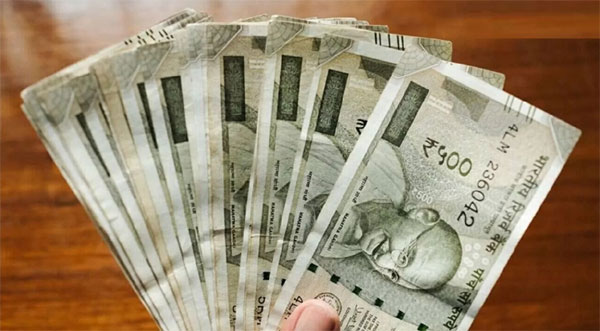Daijiworld Media Network - New Delhi
New Delhi, Oct 1: In a move set to benefit millions ahead of the festive season, the Union Cabinet, chaired by Prime Minister Narendra Modi, on Wednesday approved a 3% hike in Dearness Allowance (DA) for Central government employees and Dearness Relief (DR) for pensioners, effective July 1, 2025. With this increase, DA and DR rise from 55% to 58% of the basic pay or pension, aiming to cushion the impact of inflation.
This revision will benefit around 49.19 lakh Central government employees and 68.72 lakh pensioners. The financial burden on the exchequer is estimated at Rs 10,083.96 crore per year.
The arrears for July, August, and September will be paid along with the October salary, just in time for Diwali. For example, an employee drawing a basic salary of Rs 30,000 will get an additional Rs 900 per month, while one with Rs 40,000 basic will receive Rs 1,200 more. Over three months, this translates to arrears of Rs 2,700 to Rs 3,600, providing a timely boost to household incomes during the festive period.

The increase follows the formula recommended by the 7th Central Pay Commission and is based on inflation trends measured by the All India Consumer Price Index for Industrial Workers (CPI-IW). DA and DR are typically revised twice a year, in January and July, though the official announcement often comes with a delay. The payment of arrears offsets this lag.
This hike is expected to be the last under the 7th Pay Commission framework, with the 8th Pay Commission likely to take effect from January 2026. The previous DA and DR increase, announced in March 2025 with effect from January 1, 2025, raised the rate by 2% to 55%, impacting nearly 118 lakh beneficiaries and costing Rs 6,614.04 crore annually. That hike had followed a 3% increase in October 2024, when the rate went up to 53%.
The government’s decision to revise DA and DR ahead of Diwali is in line with its usual practice of announcing one of the two annual hikes in October, offering timely financial relief and supporting consumer demand during the festive season.